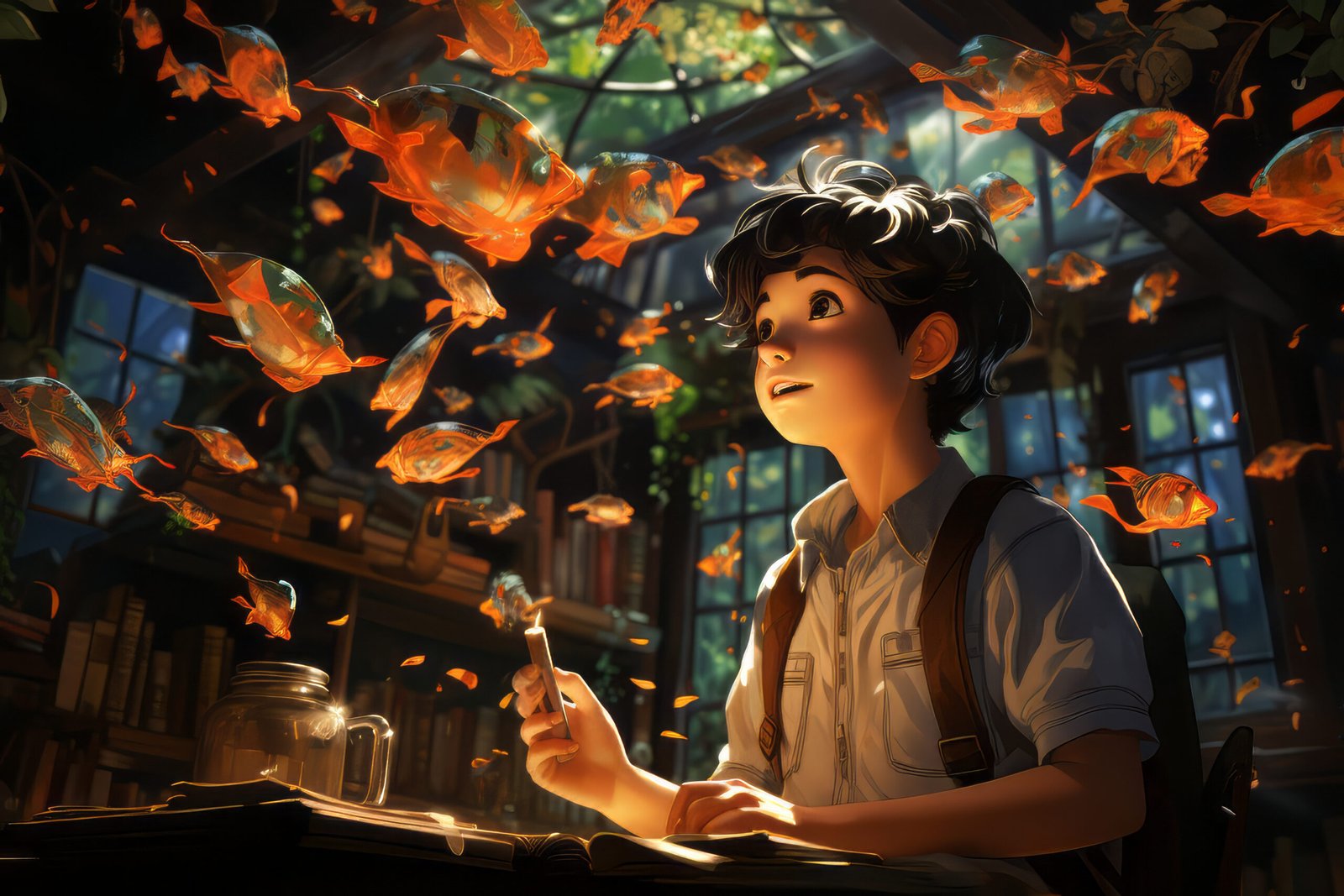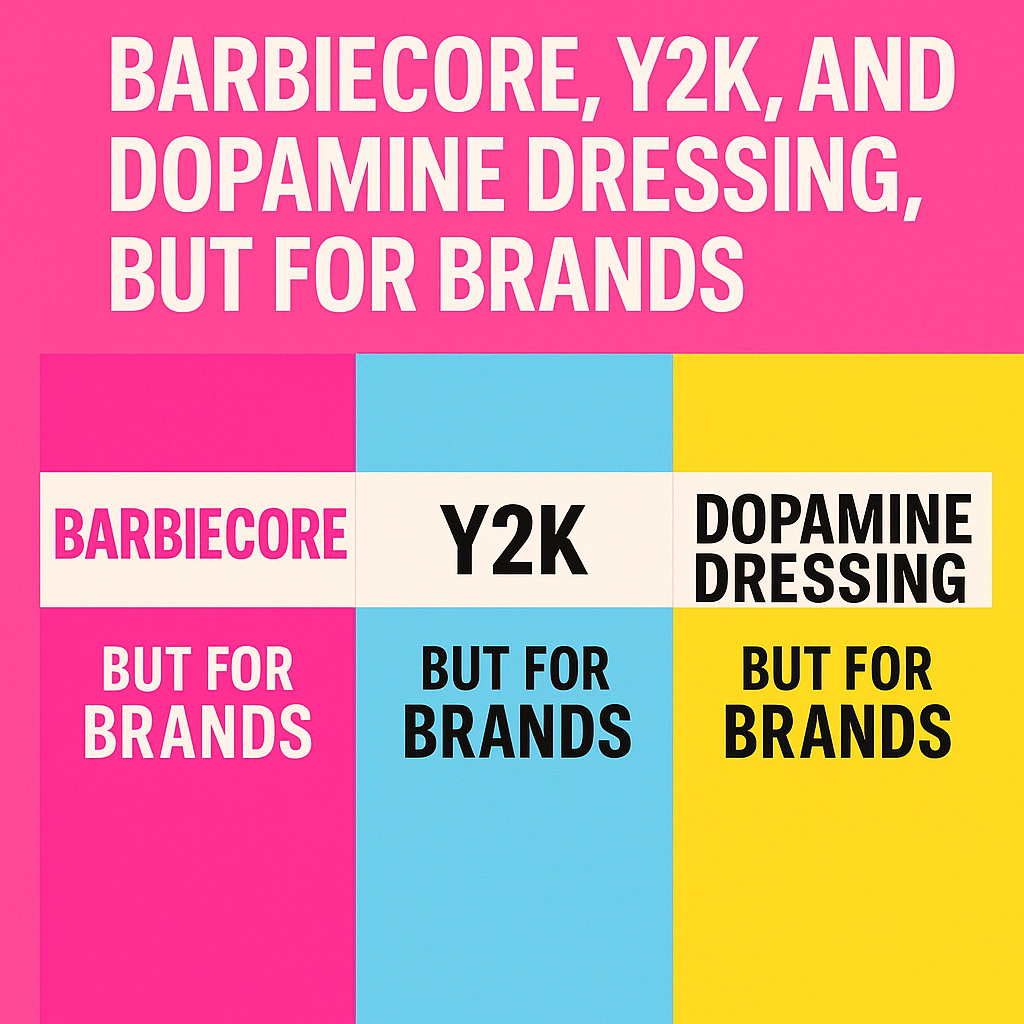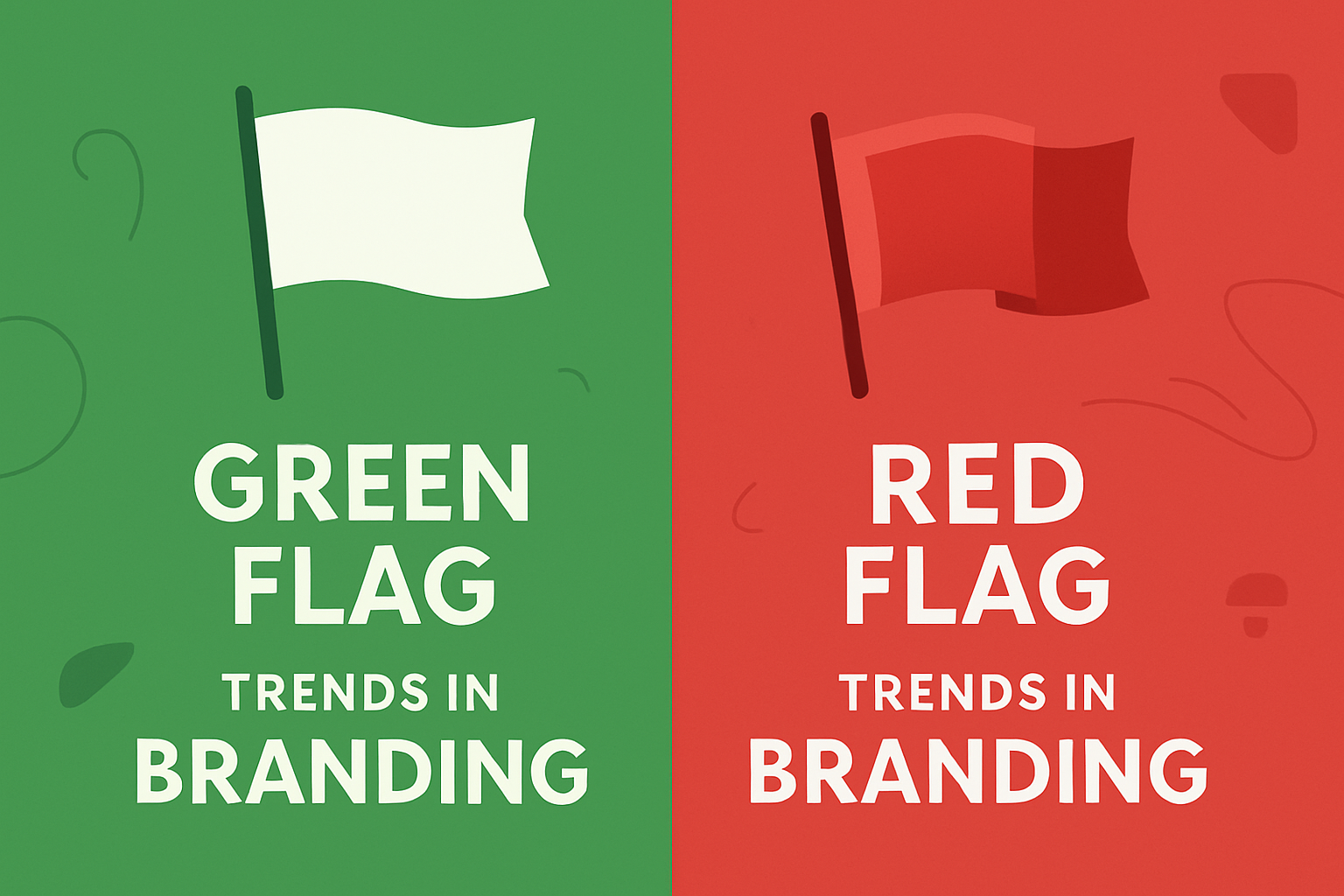Let’s be honest, if you’ve ever stared at a mesh for more than six hours straight, your brain does something strange. The world outside your screen starts looking suspiciously polygonal. You begin noticing edge loops in your coffee cup. You consider beveling your pillow. You look at your cat and genuinely wonder whether its fur was rendered with particles or just baked into a texture.
Which brings us to the real question:
Do 3D artists actually dream in wireframes?
The likely answer? Absolutely.
Let’s dive into the beautiful glitch that happens when 3D art takes over your imagination.
Sleep, but Make It Subdivided
Most people go to bed and drift off into dreams about vacations, forgotten exams, or magical flights. But 3D artists? They get haunted by topology nightmares, unsnappable vertices, and that one painful memory of forgetting to UV unwrap an entire model five minutes before a deadline.
In these dreams, the sky isn’t blue — it’s an HDRI dome. The sun isn’t warm — it’s an overexposed directional light. And those sleep paralysis demons? Yeah, they’re just poorly rigged characters, stuck in a T-pose, lingering creepily in the hallway.
When Your Brain Starts Rendering Everything
There’s something oddly wonderful — and slightly terrifying — about how 3D rewires your thinking. You stop seeing objects as just objects. You begin breaking them down, piece by piece.
A spoon becomes a simple extrusion with a mirror modifier.
A chair raises the question: “Are those normals inverted?”
A random building makes you suspicious that someone reused the same texture across the facade.
This is what we call simulation-level awareness. It’s immersive. And once you see the world like this, there’s no going back.
The Midnight Render Crisis
It’s 2:47 a.m.
You’re deep in REM sleep, dreaming about finally hitting render on that one portfolio piece you’ve been polishing for weeks. Everything is going perfectly… until the render crashes in the dream.
You shoot awake.
Heart racing.
You check your laptop. It’s fine.
But your animator soul? That’s aged a decade in three seconds.
You drink water. You mutter “autosave” like it’s a prayer. And you try to sleep again — if your brain lets you.
Seeing Wireframes in Real Life
At a certain point, 3D stops being a job or a skill. It becomes a lens. A way of seeing the world.
You squint at real-life objects to imagine how they’re modeled.
You pass a lamppost and mentally dissect it down to 1,000 triangles.
You look at someone’s face and wonder what kind of rig they’d need for good facial expressions.
You describe your desk as “low poly with baked textures.”
You glance up at a cloud and think, “I could sculpt that in ZBrush.”
The line between viewport and reality starts to blur — just like motion blur you forgot to disable.
The Glitches Have Names
Every 3D artist knows that not all bugs are created equal. Some become… familiar. That one model that refuses to weight-paint properly? The one that keeps twisting its elbow at a 90-degree angle no matter how many times you fix it?
That model is now Greg.
Greg has a name. Greg has opinions. Greg is unionized. He doesn’t want to bend, and you’ve accepted that.
And you know what? We all have a Greg. And we all kind of love him.
Why It’s Actually Beautiful
To the outside world, dreaming in wireframes might sound like a side effect of too much screen time. But for 3D artists, it’s something deeper.
It’s proof that this isn’t just software.
It isn’t just design.
It’s a language, a playground, and a whole new way of experiencing the world.
If your brain’s still rendering while you sleep, it means your imagination never clocks out.
The Final Render
So here’s to everyone pulling all-nighters in Blender, Maya, Cinema4D, Houdini — and still finding beauty in viewport glitches and corrupted files. Whether your dreams are wireframe, shaded, or lit with a three-point setup, you’re part of the magic.
Next time someone asks what it’s like to be a 3D artist, you don’t need to explain.
Just smile and say:
“Have you ever dreamed in quads?”






